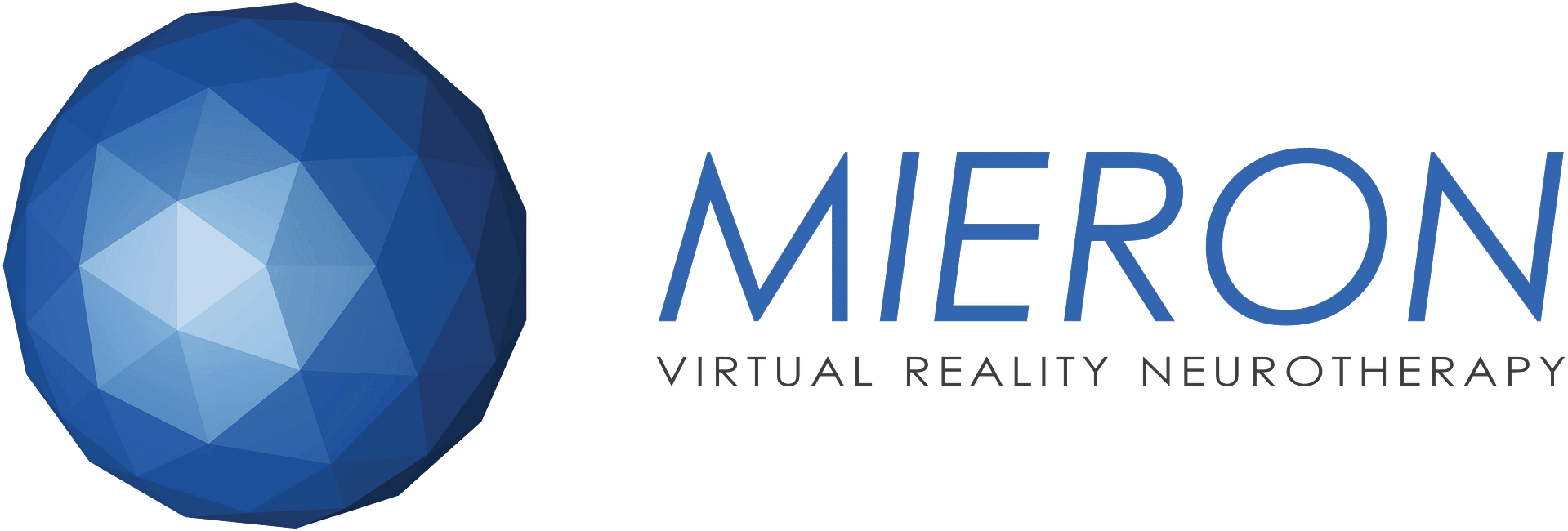When someone experiences a stroke, they may face a variety of outcomes including serious impairment, permanent disability, or less chronic issues that they will recover from over time. The matter what the initial situation, they face a long period of stroke rehabilitation to help them regain their abilities as much as possible. Healthcare professionals and the patient’s loved ones always look for new ways to make the improvement happen more quickly and advance to a higher degree. One of the newest and most promising tools and methods includes virtual reality. The MieronVR offers numerous benefits above and beyond traditional stroke rehabilitation practices.
What are the common forms of stroke rehabilitation?
The decisions a doctor makes about different types of stroke rehabilitation depends on the type of stroke the patient experiences. Also, they create different healthcare plans and strategies based on the severity of symptoms that the patient experiences.
The three main types of strokes include:
Ischemic strokes happen when oxygen-rich blood flow is interrupted
Hemorrhagic strokes happen when brain blood vessels leak
A mini-stroke or Transient Ischemic Attack (TIA) is a temporary blockage
Any of these varieties constitute a medical emergency, and rapid responses matter. After the initial emergency care is given, stroke rehabilitation can begin. Approximately 60% of people in the USA who suffer from a stroke recover many of their faculties over a period of time. The type of rehabilitation they get will determine, in part, how much independence they return to.
Different types of therapy help stroke patients recover their abilities, improve both motor and cognitive function, regain speech, and gain as much independence as possible after these neurological disruptions. Therapy usually takes the form of gross and small motor skills physical therapy, occupational therapy, speech therapy, and various types of other rehab processes to help with everything from swallowing to balance to pain management.
Technological Advances in Stroke Rehabilitation Therapy
Like any other sector of the medical and healthcare industries today, the type of rehabilitation offered after a stroke has become increasingly innovative and tech based. First, like muscle stimulation and other physical behaviors are frequently tracked for improvement by collecting digital data through sensors. Analysis of this information can help therapists or physicians perfect the rehab strategy. Second, some robotic devices are occasionally used to perform repetitive motions on dysfunctional limbs. Third, virtual reality has become an important part of many patients recovery.
How can Virtual Reality be used in a rehabilitation program?
The whole point of virtual reality systems is to take the user outside of everyday experiences and create a perceived reality that allows them to focus on specific tasks or events without the distraction of the real-world. From a medical perspective, VR systems offer a unique option for therapy of various types including stroke rehabilitation.
Whether the system in question focuses on exercises designed to improve mobility or mimics interactive games that promote engagement, the outcome is often better than with more traditional types of in-person therapy. This comes from the fact that virtual reality systems create a multisensory environment that feels real to the user. They can engage in a variety of physical actions for both gross and minor motor skills, cognitive tasks, and more in a comfortable and enjoyable setting.
After a stroke, the individual’s central nervous system works differently than it did prior to the medical episode. The lack of connections or impulse transference is what causes physical lack of control for everything from limbs to facial muscles that help with speech. Of course, the brain is also affected as it is damaged by the lack of oxygen during the stroke or TIA itself. Even as recovery goes on, the motor cortex in the brain and the associated body nerves do not communicate like they used to.
Virtual Reality (VR) systems pacifically designed for stroke rehabilitation create the perfect environment to do the movements necessary to reestablish the motor nerve communication once more. This is what physical and occupational therapies work to achieve. When coupled with a robust VR system, therapy becomes more self-motivated, with higher intensity and more engagement. Therapy may be more effective due to the mind-body connection that automatically happens in these perceived realities.
How does MieronVR help patients with stroke rehab?
With a simple VR headset and other easy-to-use equipment, anyone who has suffered a stroke can receive the above benefits of a virtual reality physical therapy system with the MieronVR equipment and library. It offers a robust augmented Virtual Reality NeuroTherapy (VRNT) experience that combines physical and occupational therapy practices with the type of cognitive engagement makes the process work to help users Achieve More.
MieronVR has multiple rehabilitation and therapeutic libraries to choose from. They work well in clinical settings or with the benefit of a healthcare provider’s guidance. However, most patients can use it successfully at home for maximum convenience and comfort. One of the best things about this accessible system is that the person who suffered a stroke can get therapy more frequently and therefore make improvements more quickly.
One of the best things about this powerful VRNT system for stroke rehabilitation is that it greatly improves quality of life. The programs offer fun solutions that transcend the same old activities a healthcare provider may request in a clinical setting. A lot of the practices are gamified to better engage the senses, improve mood, and encourage greater efforts.
Whether it is due to lack of insurance coverage or available funds or the difficulties in getting to physical therapy appointments, many people who need comprehensive stroke rehabilitation help do not get as much as possible. The majority of patients would benefit from extended therapeutic assistance to regain as much independence, functionality, and confidence as possible. With today’s options, a high-tech solution that is engaging, fun, emotionally rewarding, and physically powerful like MieronVR can transform the rehabilitation experience. The outcome for stroke patients will improve as more tech innovation like this becomes available in health marketplaces.






